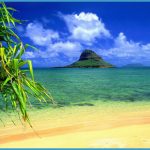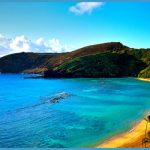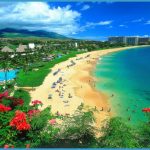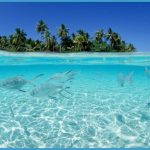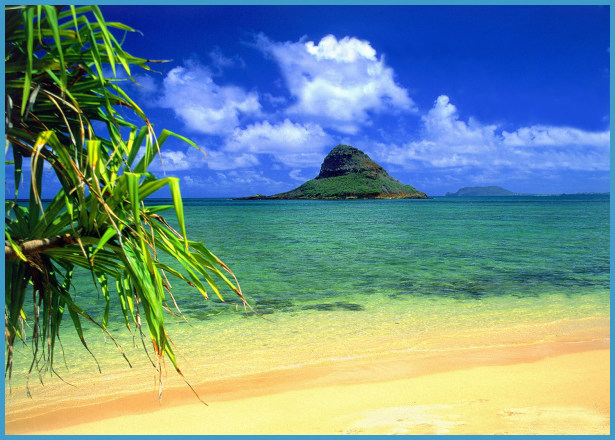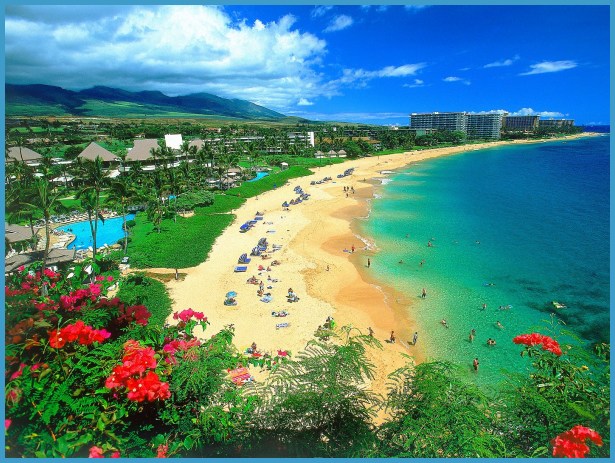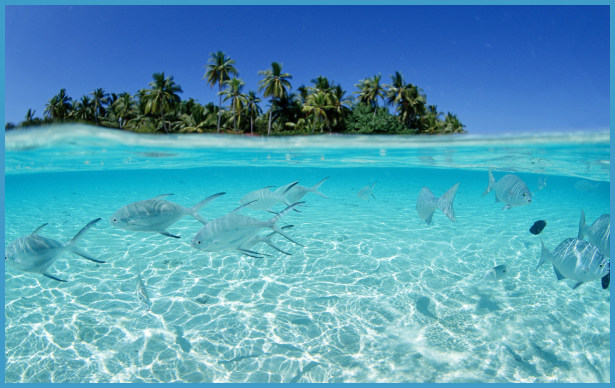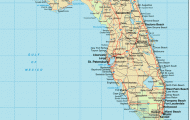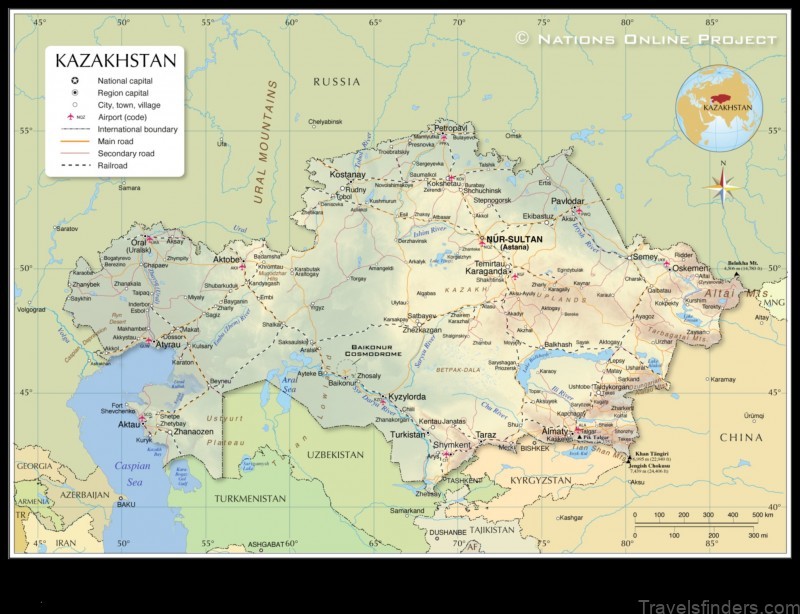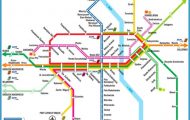CHRONOLOGY
1555 The Spanish sailor Juan Gaetano visits the Hawaiian Islands but charts
them incorrectly.
1794 Francisco de Paula Marin (1774-1837) brings the first pineapple and
coffee plants to the Islands. Manini, as he is known, stays on as an advisor to King Kamehameha I.
1832 Mexican cowboys are invited to teach Hawaiians about cattle ranching,
giving way to the paniolo, the Hawaiian cowboy, a word derived from espanol.
1893 Queen Lili’uokalani (1838-1917) surrenders under protest, and the
Hawaiian monarchy is overthrown.
1898 On July 7 President William McKinley signs the annexation of Hawaii
by the United States.
1900 The first Puerto Ricans arrive in Hawaii sugar plantations.
1901 Approximately 5,000 Puerto Ricans are established on the Islands.
1921 A second wave of Puerto Rican migration arrives in Hawaii.
1931 The Puerto Rican Civic Club is founded.
1932 The Puerto Rican Independent Association is founded.
1959 Hawaii becomes the 50th state of the United States.
1973 The United Puerto Rican Association of Hawaii merges with the Puerto
Rican Civic Club and the Puerto Rican Independent Association.
1980s A new wave of Latino migrants come to Hawaii, especially to the islands of Maui and Hawaii.
1980 The Puerto Rican Heritage Society is established.
1994 The first Hawaii Hispanic Heritage Festival is celebrated.
2000 According to the U.S. census 7.2 percent of the population in Hawaii is
Latino. Centennial celebrations of the first arrival of Puerto Ricans in Hawaii take place.
2005 According to the U.S. Census Bureau the Latino population grows more rapidly than any other ethnic group, composing 8 percent of the population in Hawaii; however, community activists estimate the Latino population at 10 percent, including undocumented migrants.

